We’re Surrounded! (Nov 25, 2015)
“Click, click, click, click…” we have had continuous clicks since dinner. At 12, midnight when I came on watch, Resty has had a busy night. During the last three hours he has had noisy, noisy whales filling the wheelhouse speakers and the map is covered with cross-bearings. “It was very busy!” he reported excitedly, “The whales have been eating all night, I want some squid too!”
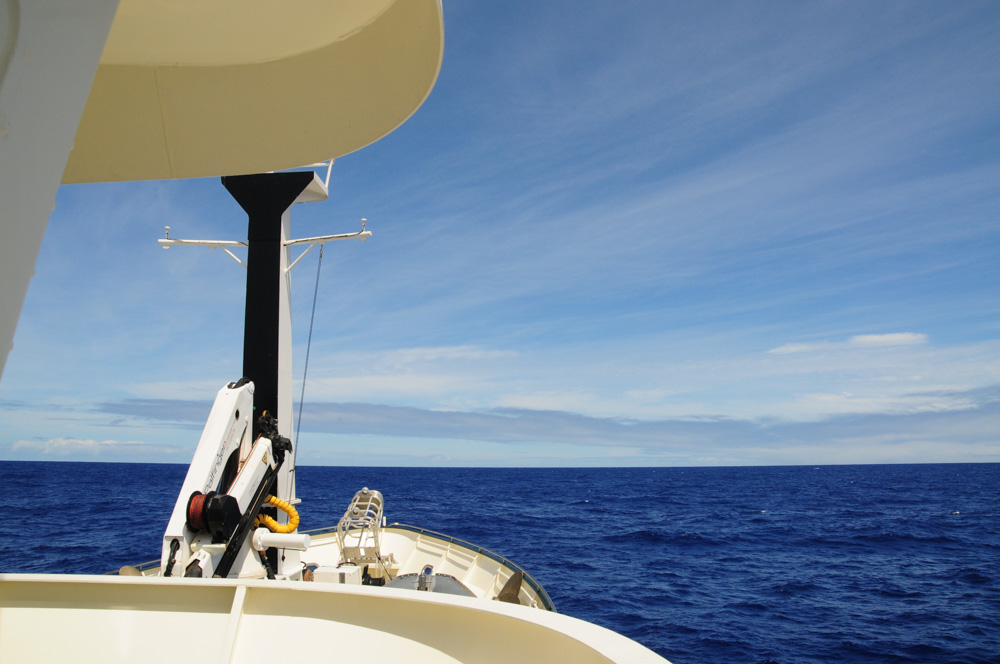
Clouds Above. Good thing they are above, it could have got very messy if they aren’t! Stratus and cirrus dominate.
For fourteen minutes the soundscape is totally quiet. Are they having a rest between courses? I would have a rest too, after 6 hours of catching and eating. At 1234, the familiar “click, click, click, click” begins again in earnest. It’s still on, for young and old. Given the bearings to the sounds, the whales are all around us, within 2.5 nm either side of us. We are surrounded with sonar-booming sperm whales – just the sort of surrounded one likes to be. Up for 8 minutes and down for one or two hours. As soon as daylight comes, we shall have our eyes peeled again. I may not be able to sleep in anticipation.
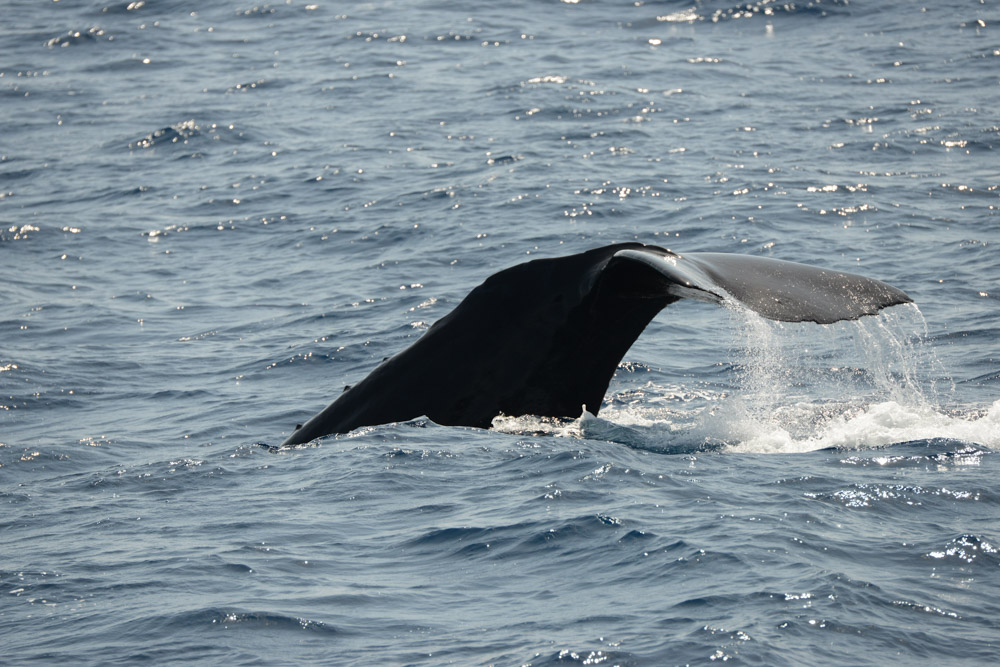
Racket-makers. Sperm whales, these are the wonderful animals we heard for more than 7 hours straight!
Even in the night, again the sighting conditions are such that under the moon on a flattened sea, I had a good chance of seeing a whale at 42 minutes past midnight! This would not be the first middle of the night whale sighting we have had, but it would be insanely great to see the perpetrators of this wonderful racket! Should I wake everyone, if I see something? Looking on deck – I cannot resist!
Travelling in deep water to the north of Broken Ridge and approaching Gulden Draak Seamount, this seems to be a hotspot. What we have observed seems to be a lot about the moon! Squid, the desired morsel of sperm whales, using vision (as indicated by their large eyes) to see and capture salps and other pelagic planktonic prey, come to the top 100m of the water column to feed from sunset to moonset. Congregations of squid prove irresistible to sperm whales, which gather for this mobile moonlit feast.
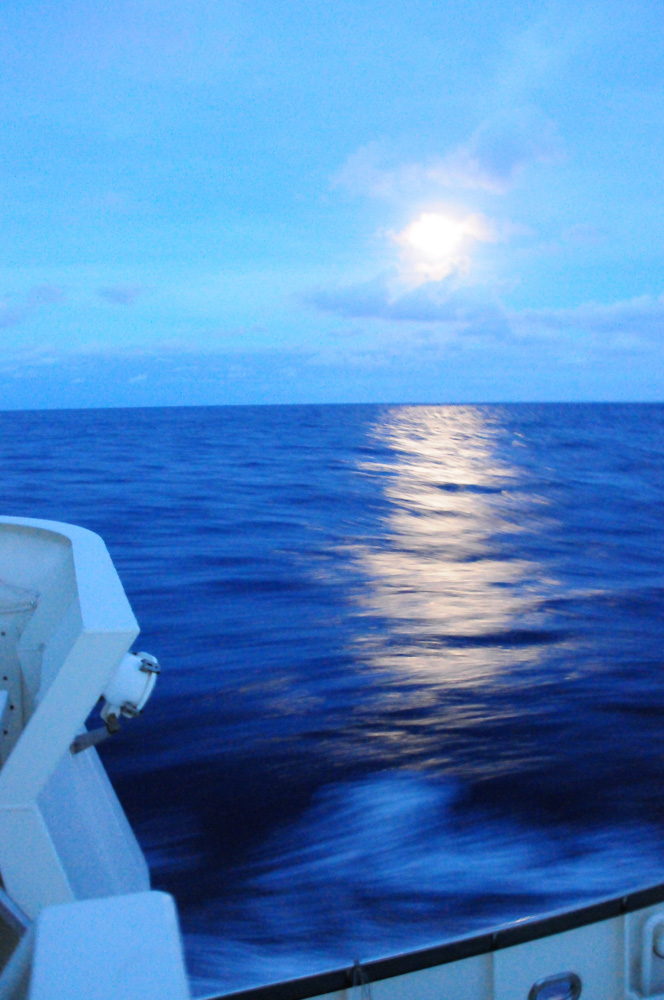
It’s All About the Moon.
Lay the influence of the moon on seasonal and bathymetry patterns – this
provides another driver of elegant, nature rhythms.
“Click, click, click” boomed through the wheelhouse and down the stairs to the main salon as we finished eating dinner and cleaning up. This was 6pm and until part way through my watch at 0138, these hunting pulses were heard. That’s 7+ hours of seeking, honing in and feeding – quite the squid banquet! For certain, squid au natural was on the menu. With the fall in light towards 2am as the moon set, the clatter of clicks, (known in the navy as the hammering of the “carpenter fish”) faded and stopped.
With daylight and all day long, we scanned and scanned, but to no avail. These noisy sperm whales were not seen.
Were they?
a). keeping low profiles after a busy and tiring night
b). blending well in the sea and swell conditions
c). more than 5 nm away and behind us and thus out of our visibility
The answers could be all of the above… It will be most interesting to see if we hear a sperm whale racket tonight. If not, what is so special about that location? Is it in the 2000-3000 m water in the mixing zone between a ridge and a seamount? Is it the moon phase? Is it being the month of November? Or, is it all of these factors woven together in a beautiful spatial and temporal “cloth” that forms the elegant patterns of nature. Throw in 3D and 4D aspects regarding nutrient mixing and lunar cycles and you have a multi-textured fabric describing animal distribution and movements.
The animals we heard; were they a large nursery pod of females with calves? Are they a pod on the loose, forever on the move, nervous and fractious caring for their next-generation charges? All features which characterise the female pods. There are so many questions. We have questions when we don’t find whales-we have questions when we do.
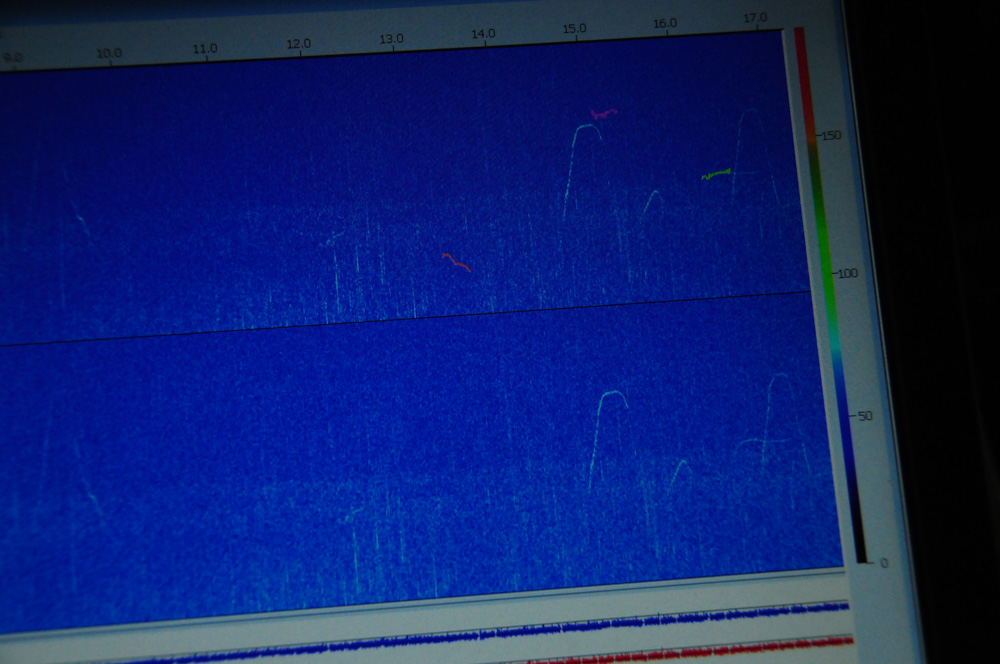
Whistles On The Bridge. These are the only whistles a seaman allows on the bridge, dolphin whistles!
Tantalisingly dolphin whistles burst across the screens around 1700 in the early evening. A few minutes later, we saw a row of splashes and dolphin bodies one mile away, spanning 10 degrees.
“We have dolphins, let’s see what flavour!” Curt informed, his binoculars trained on the splashes. As quickly as they appeared they disappeared. Clearly they were feeding and preoccupied, bow-riding was not on the agenda. The whistles continued but the tease was crushing.
What will be on the Deep Sea News tonight? I’ll be tuning in shortly and will let you know.




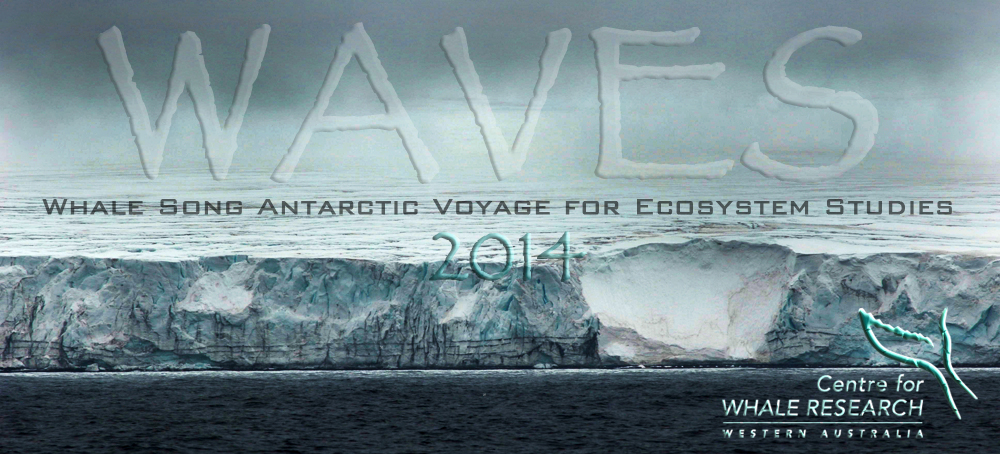










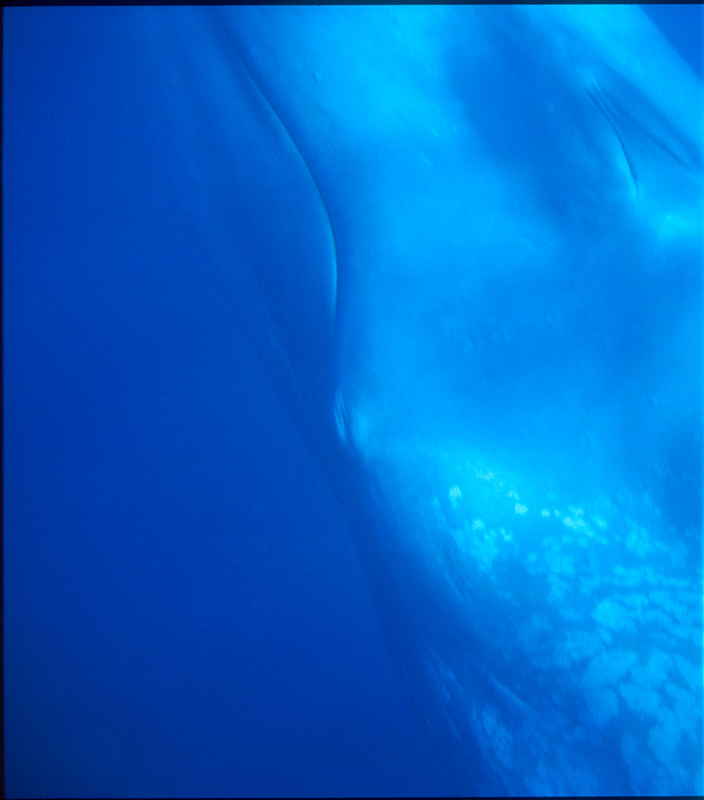
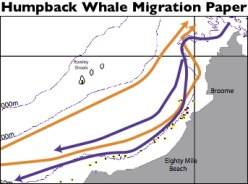
No comments yet.